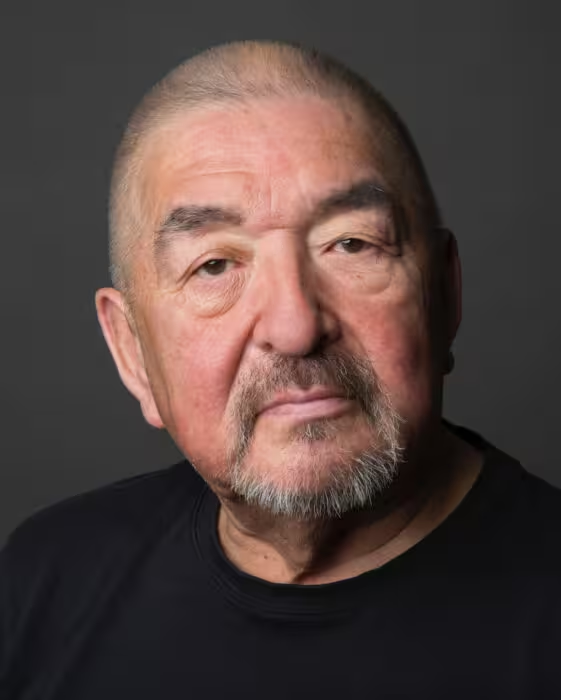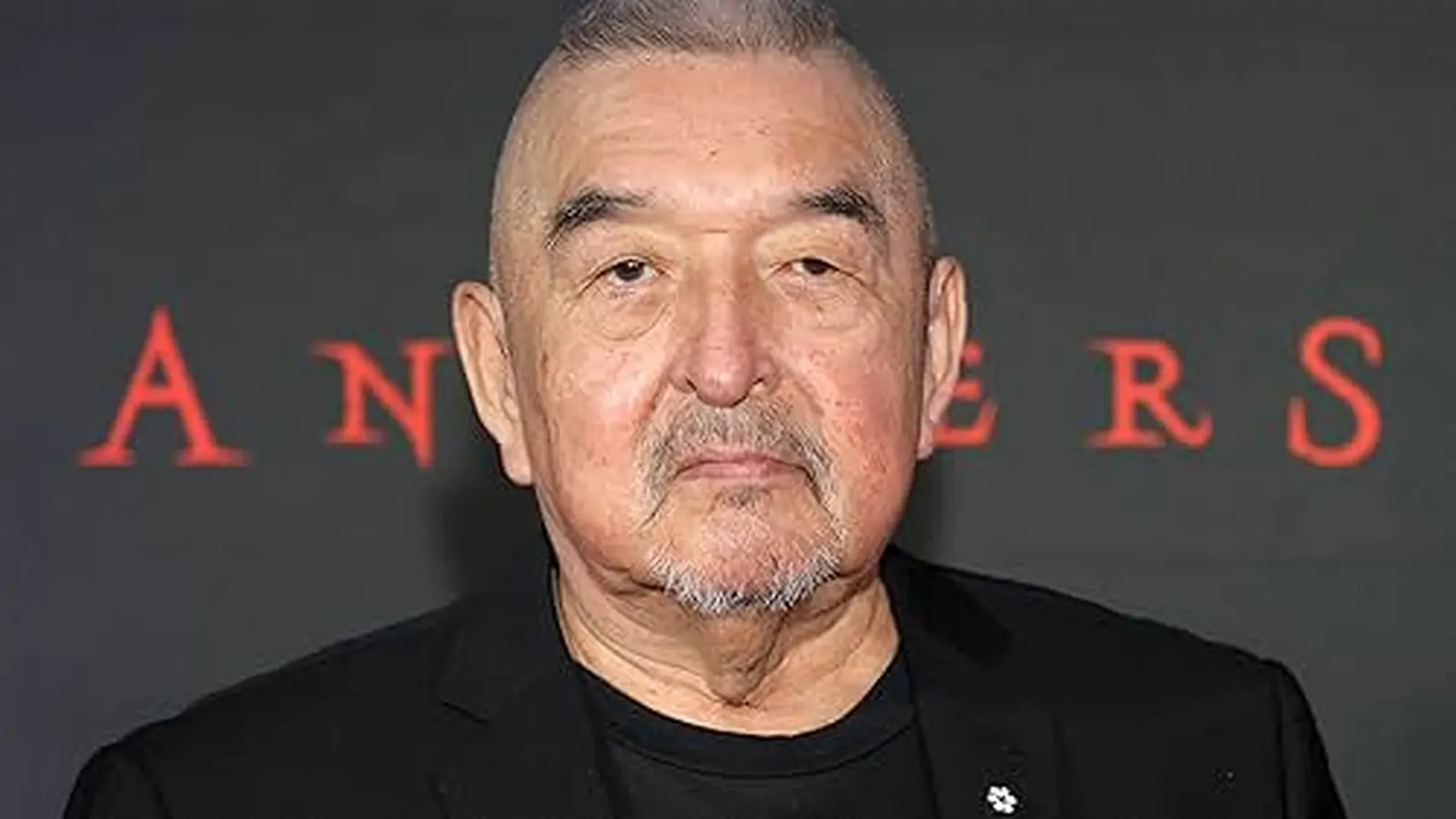5 Minutes
Graham Greene, the acclaimed Canadian actor and a pioneering voice for Indigenous representation in film and television, died at 73 in Toronto after a long illness. Best known for his Oscar-nominated role as Kicking Bird in Kevin Costner's 1990 epic Dances with Wolves, Greene built a decades-spanning career that bridged stage, mainstream Hollywood, independent cinema, and television. His passing marks the loss of a singular artist whose performances brought intelligence, dignity, and nuance to Indigenous characters onscreen.
Career Overview and Early Context
Greene was born in June 1952 in Ohsweken on Canada’s Six Nations Reserve. He began acting in the theatre in the 1970s before transitioning to film and television, debuting in the 1979 Canadian series The Great Detective and the 1983 feature Running Brave. As one of the most visible Indigenous actors in North American cinema, Greene’s career trajectory reflects both the challenges and the strides made by Indigenous performers seeking substantive roles in Hollywood.
Notable Roles and Plot Overviews
Dances with Wolves (1990)
In Dances with Wolves Greene plays Kicking Bird, a wise Lakota elder whose calm authority anchors much of the film’s cross-cultural narrative. Kevin Costner’s western epic follows a Union Army lieutenant who forges an unlikely friendship with a Sioux tribe; the film explores themes of colonialism, identity, and cultural exchange. Through Kicking Bird, Greene contributed emotional weight and moral complexity to a film that became a major awards contender, earning 12 Academy Award nominations and seven wins, including Best Picture and Best Director. Greene himself received an Academy Award nomination for Best Supporting Actor in 1991.
Other Film and Television Highlights
Greene’s range extended from supporting turns in Hollywood fare—Maverick, Die Hard with a Vengeance, The Twilight Saga: Breaking Dawn – Part 2—to critically lauded work in films like The Green Mile, where he played Arlen Bitterbuck in Frank Darabont’s adaptation of Stephen King’s novel, and Skins (2002), Chris Eyre’s indie drama about life on a Lakota reservation that earned Greene an Independent Spirit Award nomination. On television, his credits are extensive and varied, including Northern Exposure, Longmire, Reservation Dogs, The Last of Us, 1883, and Riverdale, among many others.

Artistic Direction, Cinematography, and Production
Dances with Wolves is frequently noted for its panoramic cinematography by Dean Semler, whose sweeping visuals captured the Great Plains and underscored the film’s epic ambitions. The production’s commitment to portraying Native cultures—while imperfect and debated—opened conversations about authenticity, language use, and casting. Greene’s own performances often brought restraint and depth, allowing directors to craft scenes that emphasized human connection rather than stereotypes. Whether working in studio blockbusters or intimate indies, his naturalistic approach complemented diverse directorial styles, from Kevin Costner’s sprawling vision to Chris Eyre’s reservation-centric realism.
Cast and Crew Highlights
Dances with Wolves benefited from a collaborative cast and crew, including Kevin Costner and cinematographer Dean Semler, with Greene’s Kicking Bird standing out as a character performance that balanced warmth and gravitas. In The Green Mile, Greene joined an ensemble led by Tom Hanks, contributing to a SAG-nominated ensemble performance. Across his career he worked with influential directors—Costner, Frank Darabont, Chris Eyre, and others—who recognized his ability to elevate supporting roles into memorable, scene-stealing portrayals.
Reception, Impact, and Cultural Relevance
Greene’s Oscar nomination for Dances with Wolves was a milestone for Indigenous actors in Hollywood, signaling wider recognition even as systemic barriers remained. He was honored with a Grammy for Best Spoken Word Album for Children in 2000, a Gemini Award, a Canadian Screen Award, and in 2021 received a star on Canada’s Walk of Fame. Films like Skins remain culturally important for their insider perspectives on reservation life, while Greene’s television work helped normalize Indigenous characters across genres—from westerns to contemporary dramas.
Critical Perspective and Legacy
Critically, Greene was praised for his quiet strength and the authenticity he brought to complex characters. Some projects he took part in—like many Hollywood portrayals of Indigenous life—have been re-evaluated over time for accuracy and agency; Greene’s presence often mitigated reductive tendencies by insisting on humanity and specificity. His anecdote about auditioning for Crimson Tide—where director Tony Scott doubted a Native American working on a submarine—underscored his tenacity and the cultural blind spots he routinely confronted.
Conclusion
Graham Greene’s passing is a moment to reflect on a career that helped reshape representations of Indigenous people in film and television. A gifted actor who balanced blockbuster visibility with independent integrity, Greene leaves behind a body of work that will continue to be studied by film critics, embraced by audiences, and revered by fellow artists. He is survived by his wife Hilary Blackmore and his daughter Lilly Lazare-Greene, and his legacy endures in performances that combined artful restraint with moral clarity.
Source: variety



Leave a Comment